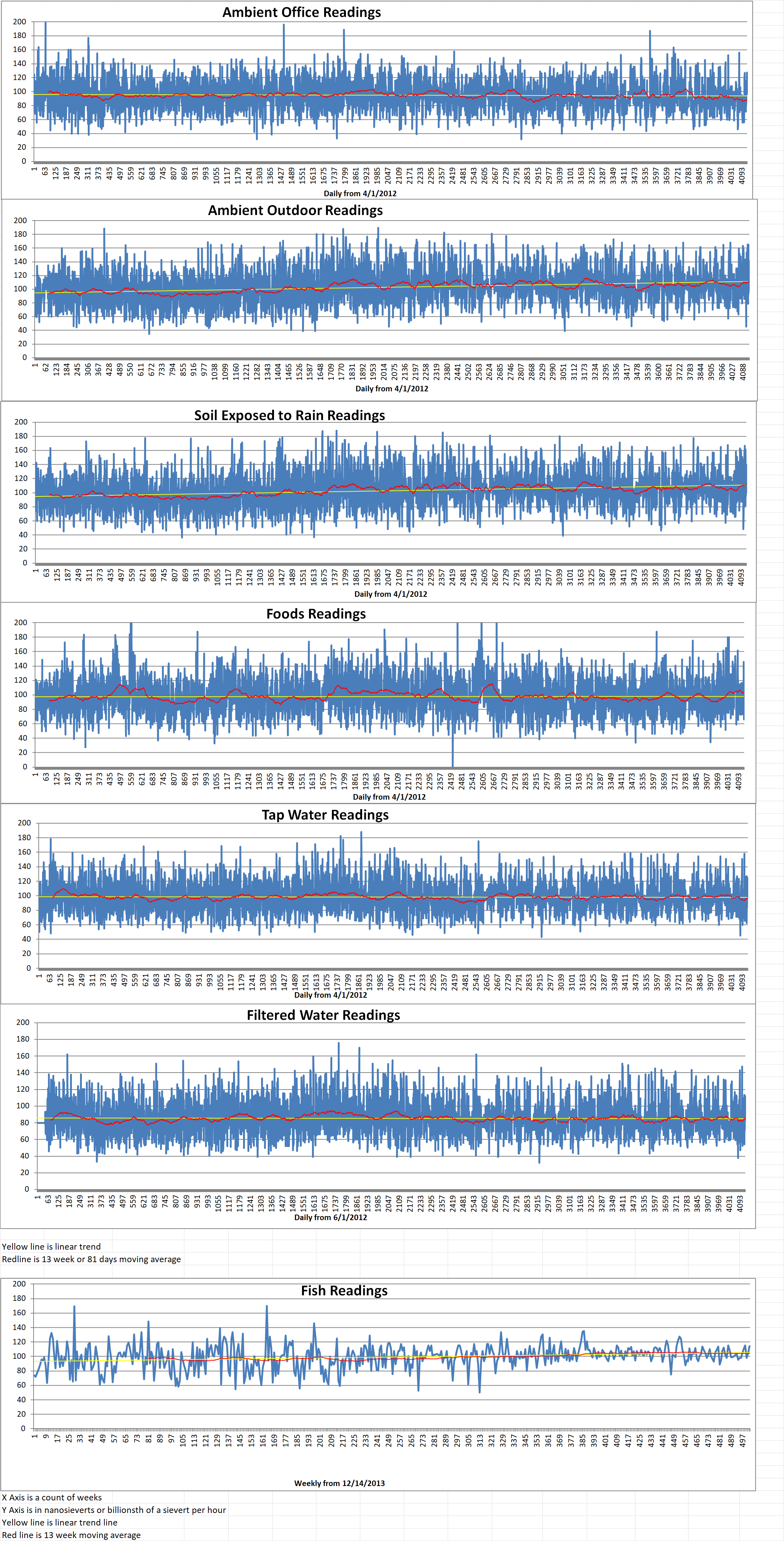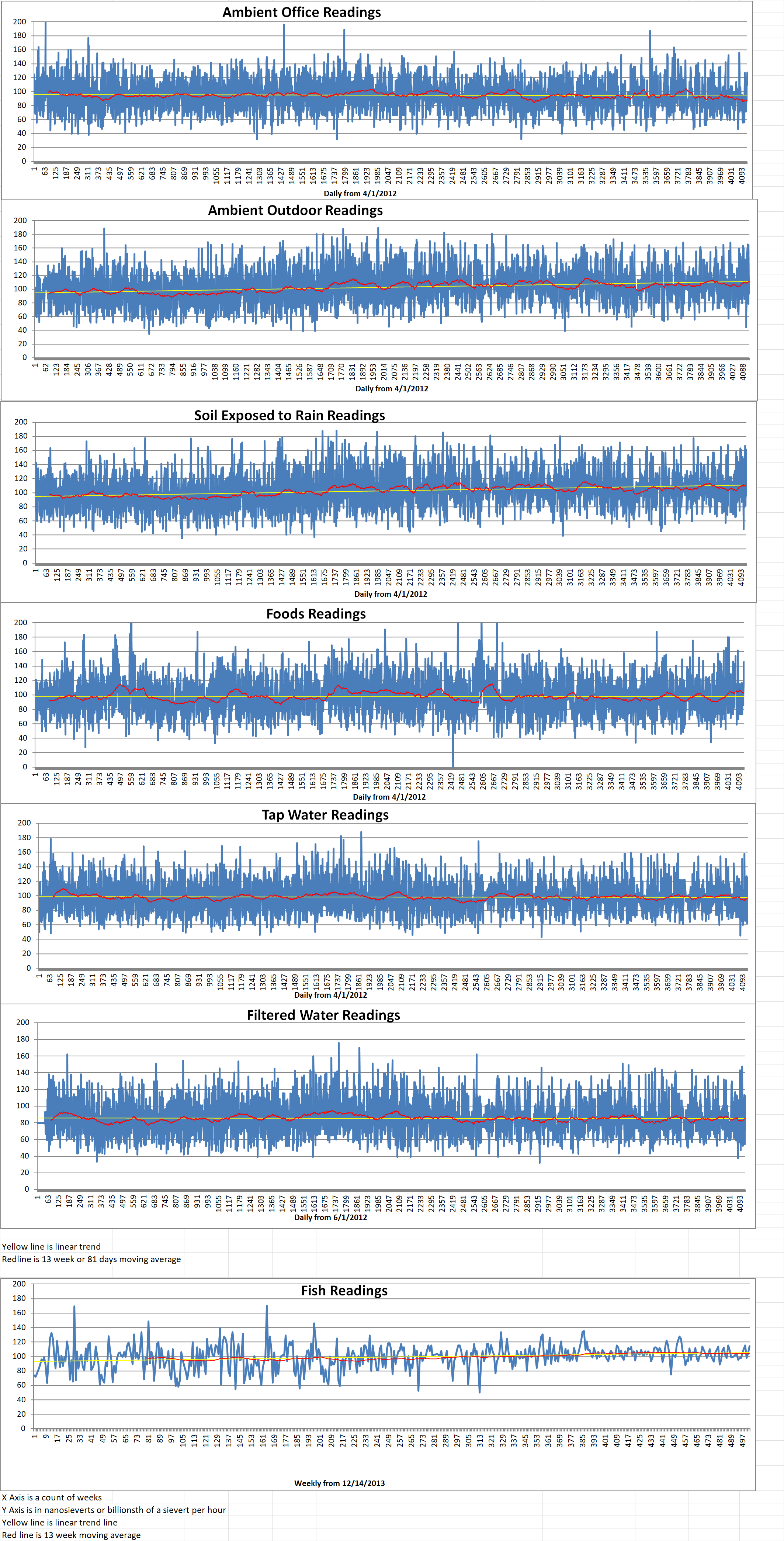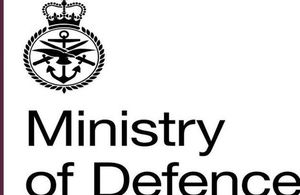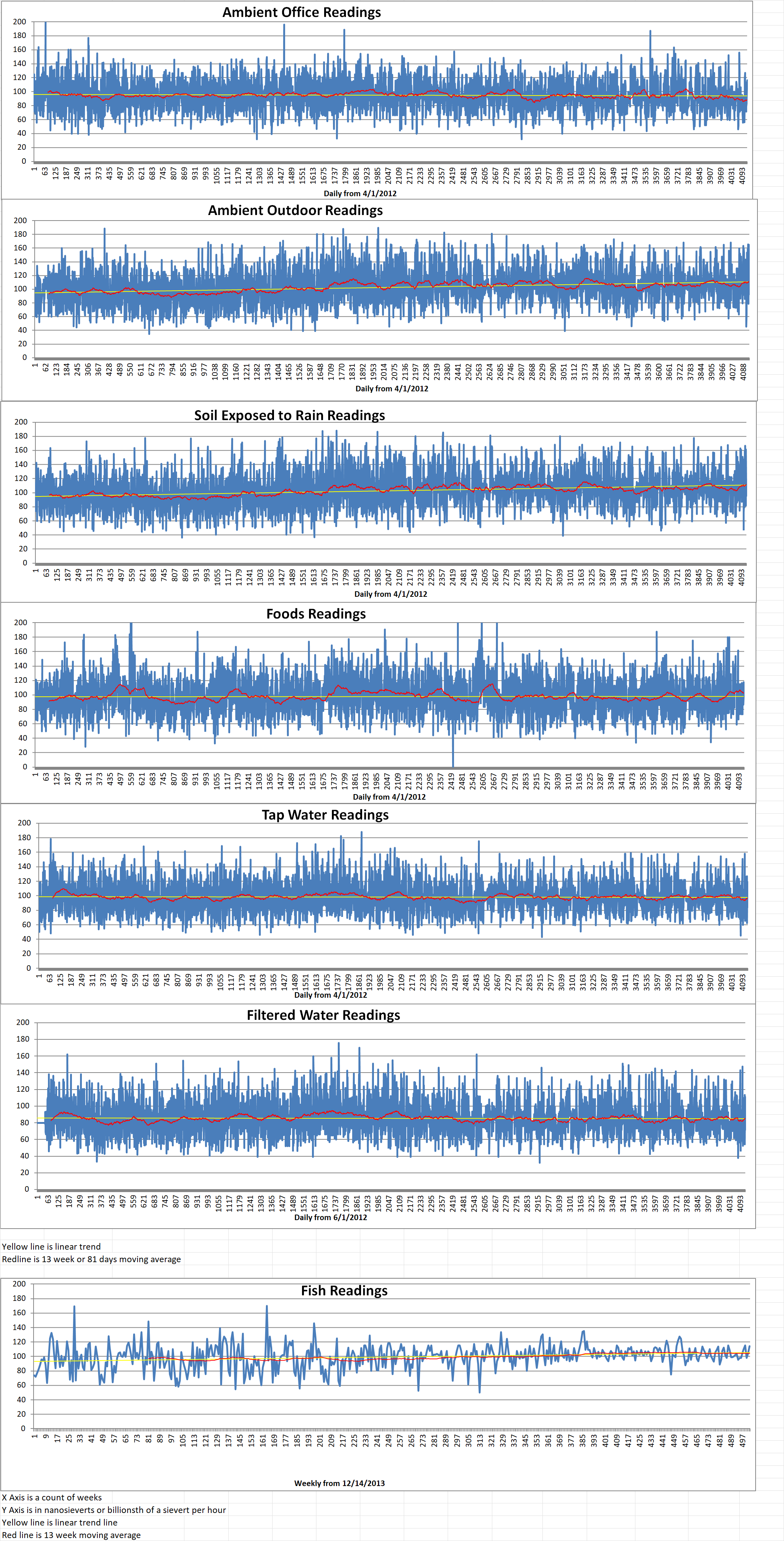Part 2 of 2 Parts (Please read Part 1 first)
In 2017, evidence was submitted to a parliamentary public accounts committee investigation of the deal to build Hinkley Point C power plant. On the basis of the evidence, the committee asked the then MoD head (who previously oversaw civil nuclear contract negotiations) about the military nuclear links. His response was:
“We are completing the building of the nuclear submarines which carry conventional weaponry. We have at some point to renew the warheads, so there is very definitely an opportunity here for the nation to grasp in terms of building up its nuclear skills. I do not think that that is going to happen by accident; it is going to require concerted government action to make it happen.”
This is even more evident in government actions than words. For example, hundreds of millions of pounds have been dedicated to a nuclear innovation program and a nuclear sector deal which is “committed to increasing the opportunities for transferability between civil and defense industries.”
Despite all this, military pressures for nuclear power development are not widely recognized in the U.K. On the few occasions when it receives media attention, the U.K. government has officially denied the link.
Other nations with nuclear weapons are also striving to maintain expensive military infrastructures (especially around submarine reactors) just when the civilian industry is fading into obsolesce. This is the case in the US, France, Russia and China.
Other countries tend to be more honest about it, with the interdependence acknowledged at the executive level in the US for instance. French president Emmanuel Macron stated that: “without civil nuclear power, no military nuclear power, without military nuclear, no civil nuclear.”
This is one of the main reasons why nuclear-armed France is pressuring the European Union to support nuclear power. This is also why non-nuclear-armed Germany has phased out the nuclear technologies it once led the world in. Other nuclear-armed states are disproportionately fixated by nuclear power.
These military pressures help explain why the U.K. refuses to acknowledge poor nuclear performance, yet is so supportive of general nuclear skills. Powerful military interests are driving this persistence with characteristic secrecy and active PR.
Neglect of this situation makes it all the more disturbing. Outside defense budgets, off the public books and away from due scrutiny, expensive support is being dedicated to a joint civil-military nuclear industrial base mainly to help fund military needs. These hidden subsidies make nuclear submarines look affordable, but electricity and climate action more costly.
The conclusions are not obvious. Some might argue military needs justify excessive nuclear costs. But history teaches that policies are more likely to go awry if reasons are hidden. In the U.K., nuclear realities have been strongly officially denied. However, the issues are not just about energy, or climate, but democracy.
If nuclear weapons could be abandoned, then a great deal of public money would be released to spend on renewable energy sources. This would allow the mitigation of climate change to proceed much more quickly.






